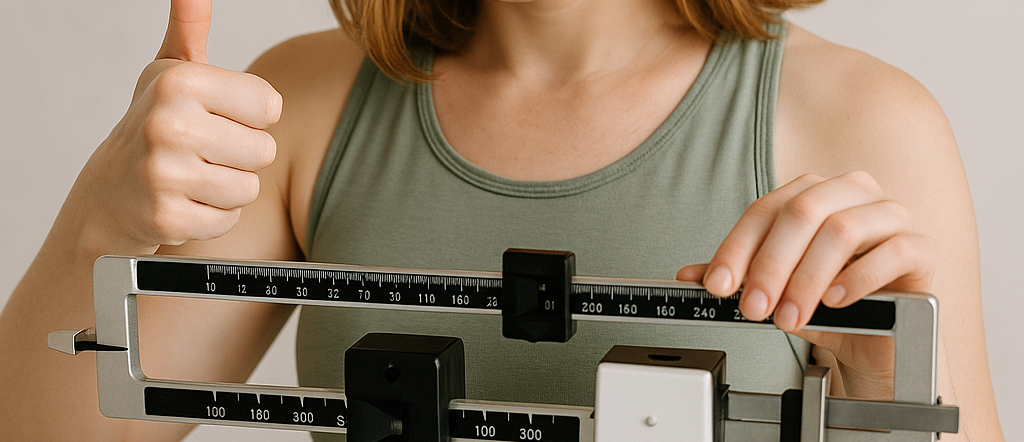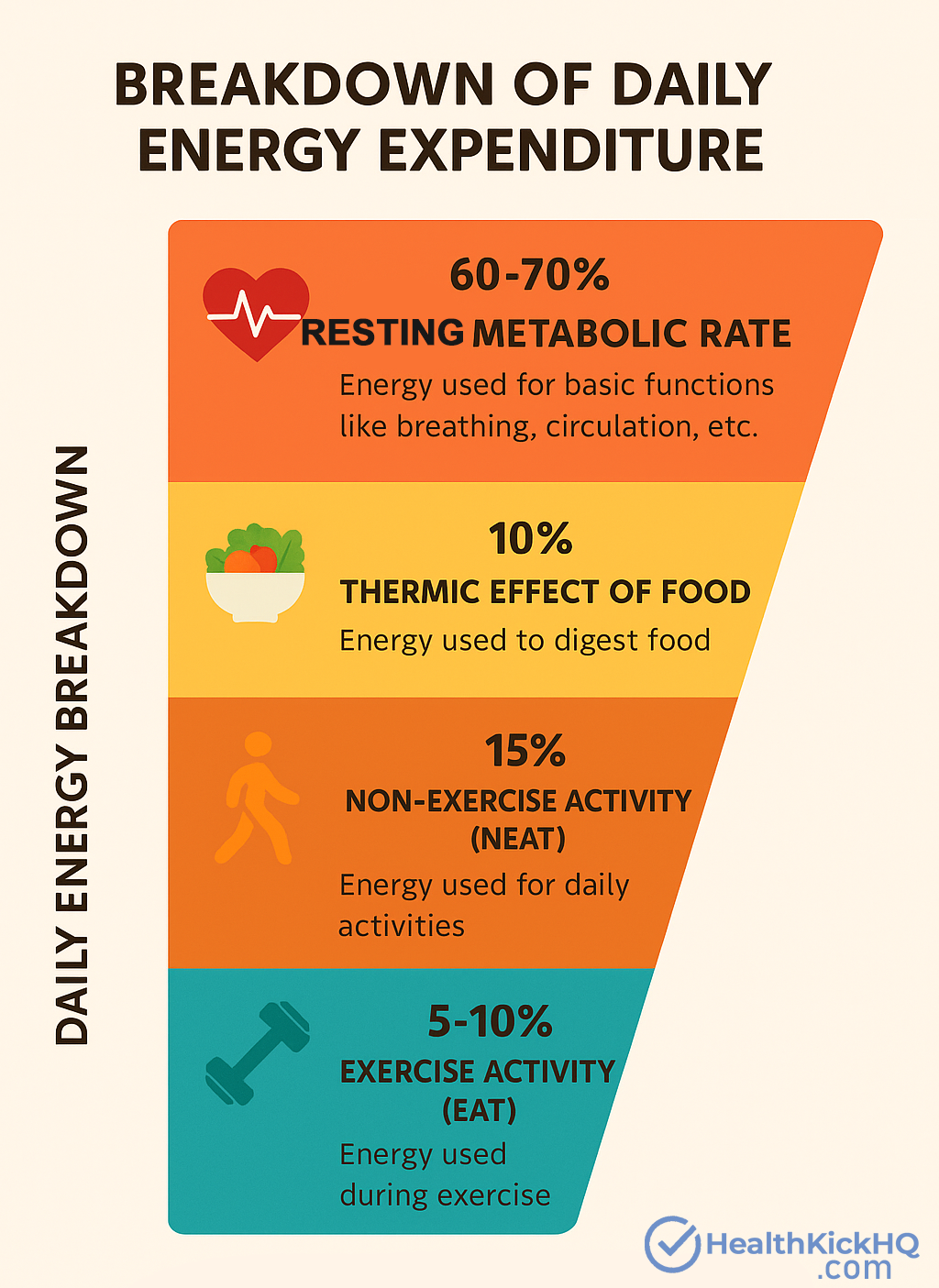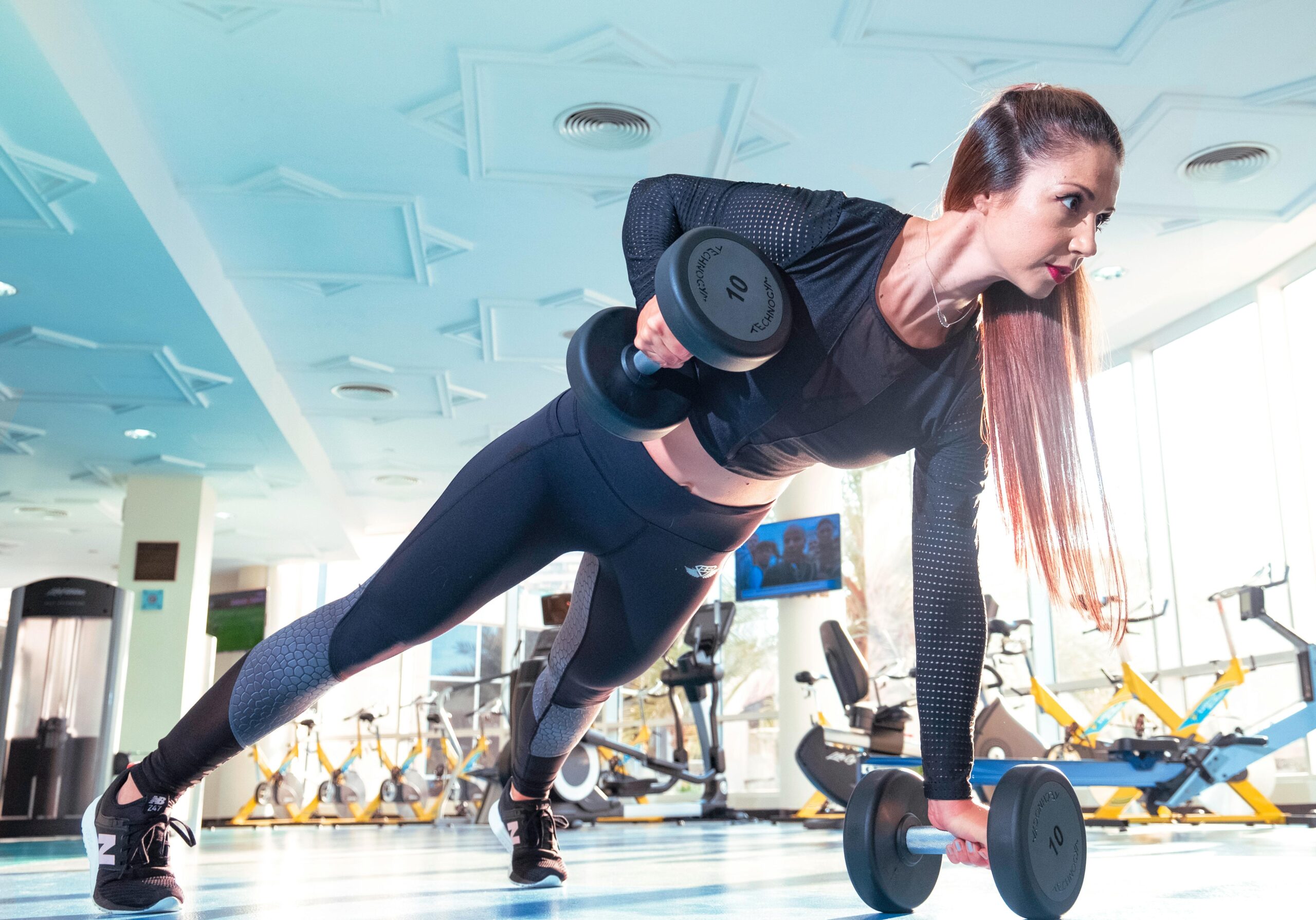
Want to lose weight? Consume fewer calories than you burn. That’s it. That’s the whole formula.
But here’s the catch: most people have no idea how their body actually burns calories.
And when you don’t understand what drives your calorie burn, it’s easy to waste time on things that don’t move the needle.
Let’s fix that.
If you’re trying to lose weight, you’ve probably been told to “eat less and move more.” But that advice is incomplete. Yes, a calorie deficit works—but where your body spends calories each day is just as important as how many you’re eating.
Here’s what most people don’t realize:
Your workouts aren’t the main driver of calorie burn.
In fact, exercise is one of the smallest pieces of the calorie-burning puzzle.
Let’s break it down.
1. Resting Metabolic Rate (RMR): ~60–70% of total calories burned
This is the big one.
RMR is how many calories your body burns just to keep you alive. Breathing, pumping blood, digesting food, repairing cells, keeping your brain online—this all takes energy.
You could lie in bed all day doing nothing and still burn a surprising number of calories. For most people, this makes up the majority of their daily calorie burn.
PRO TIP: If you’re trying to calculate a starting calorie goal for weight loss, your RMR is where you begin. Use this calculator to find yours →
2. Thermic Effect of Food (TEF): ~10%
Yes, you burn calories by eating calories.
Your body uses energy to chew, digest, absorb, and store nutrients from the food you eat. Protein is the most “expensive” food group here—meaning it costs the most calories to process.
That’s one reason high-protein diets are helpful when you’re in a calorie deficit:
-
-
They burn slightly more during digestion
-
They help preserve muscle mass
-
They keep you fuller longer
-
3. Non-Exercise Activity Thermogenesis (NEAT): ~15%
NEAT is a fancy way of saying “everything you do that’s not a workout.”
Walking around the house. Cooking. Cleaning. Standing at your desk. Taking the stairs. Fidgeting. Walking your dog. All of it counts.
It might not feel like much, but over the course of a day, NEAT can make a huge difference in total calorie burn—especially if you’re intentional about moving more.
Want to lose weight faster? Park further away. Take more walks. Stand while on calls. These small choices add up.

4. Exercise (EAT): ~5–10%
Here’s the truth that nobody wants to hear:
Your 45-minute workout doesn’t burn as many calories as you think. Most structured workouts burn between 200–400 calories. That’s one slice of pizza, tops.
Now don’t get me wrong—exercise is incredibly important.
It builds muscle, boosts your mood, strengthens your heart, and improves your long-term health.
But for pure fat loss?
It’s not your main tool. It’s a supplement—not a substitute—for good nutrition and consistent movement throughout the day.
So What’s the Takeaway?
To lose fat, you need to burn more calories than you consume.
But here’s the key insight most people miss:
👉 Most of your calorie burn comes from simply being alive.
That means:
-
You don’t have to live in the gym to lose weight.
-
Small daily movements can boost your burn far more than one intense workout.
-
Eating enough protein helps your metabolism work harder.
-
Knowing your RMR helps you set the right calorie target—so you’re not guessing.
Want to know your exact RMR and a science-backed calorie target for weight loss?
I built a simple tool to do that for you.
👉 Click here to try the free RMR & Macros Calculator
No sign-up. No fluff. Just plug in your stats and get your numbers.
Final Thought
The more you understand how your body works, the less likely you are to fall for fads.
Weight loss isn’t about suffering. It’s about strategy.
Start with the fundamentals. Understand your calorie burn.
Then make small, sustainable changes that actually work.
You’ve got this.
And if you’re ready to lose weight and change your life, check out our free weight-loss starter kit.
